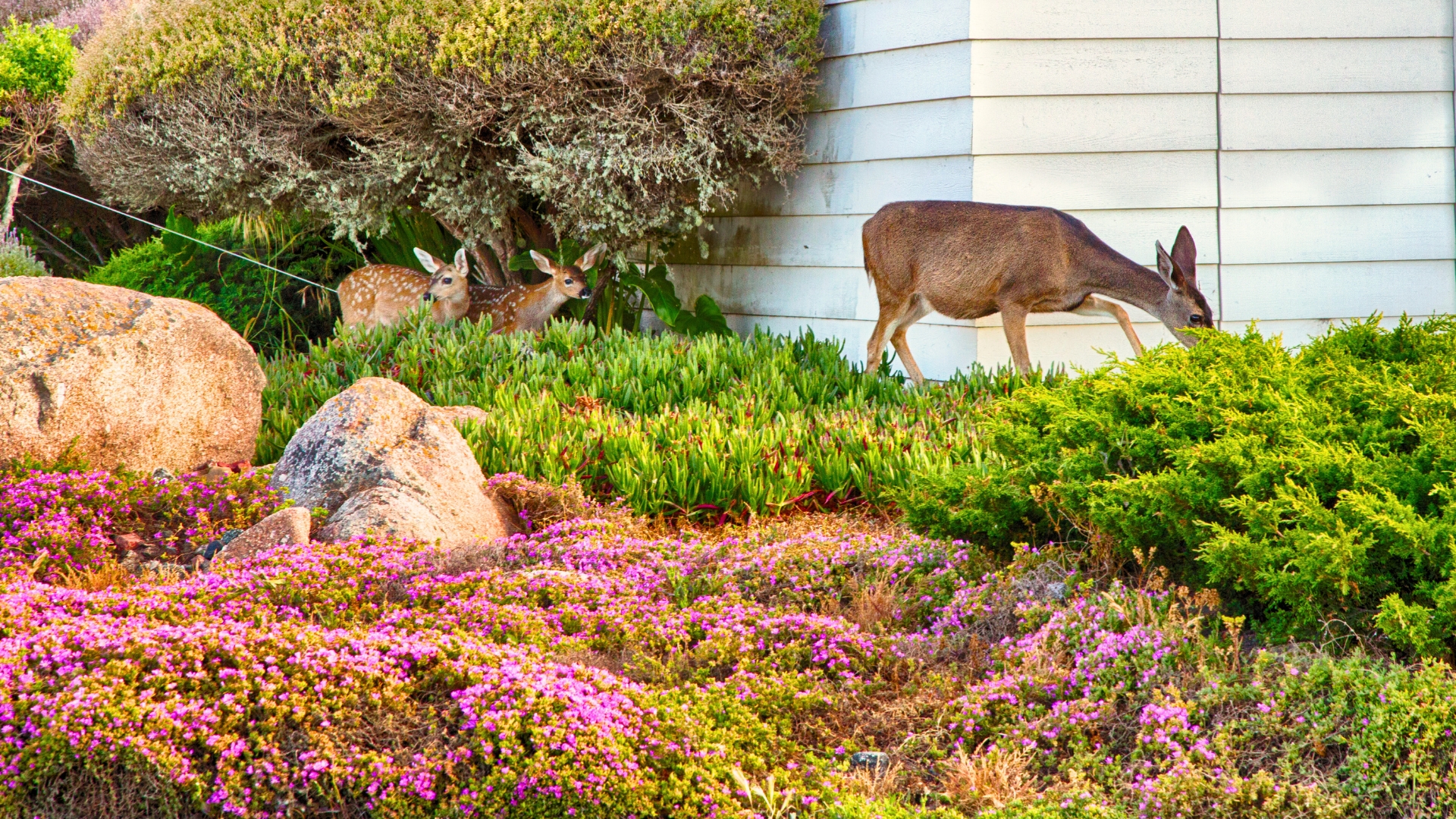Keep Deer From Ruining Your Garden With These 10 Eye-Catching Perennials
I used to think my garden was safe—until the deer showed up like they owned the place. After watching them snack on my favorite plants, I knew I had to get smarter about what I was growing.
That’s when I found these stunning perennials that deer don’t care for one bit. They’re not just tough—they’re downright gorgeous and give my garden major charm.
If you’re tired of playing defense, these plants might just become your new garden heroes.
1. Lavender
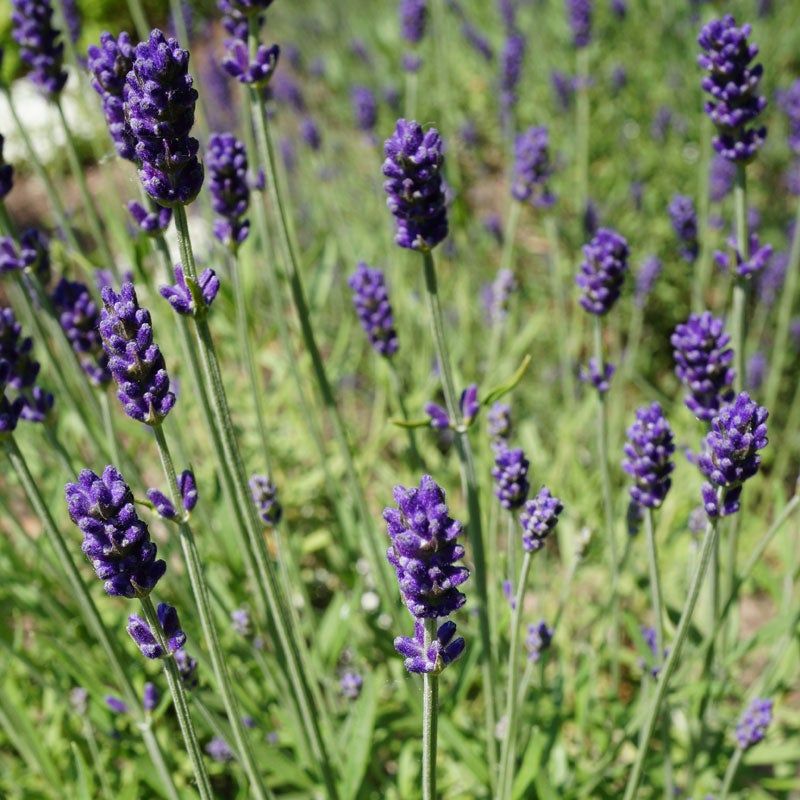
The aromatic qualities that make us love lavender are exactly what keep deer away! Lavender produces oils with a potent fragrance deer find overwhelming. When planted along borders or entryways, it creates a natural barrier against these garden-munching visitors.
During summer months, lavender’s purple spikes add stunning vertical interest while attracting beneficial pollinators. As a Mediterranean native, it thrives in full sun and well-drained soil with minimal watering once established.
Bonus: You can harvest stems for drying, making sachets, or flavoring desserts, giving you multiple reasons to include it in your landscape design.
2. Russian Sage
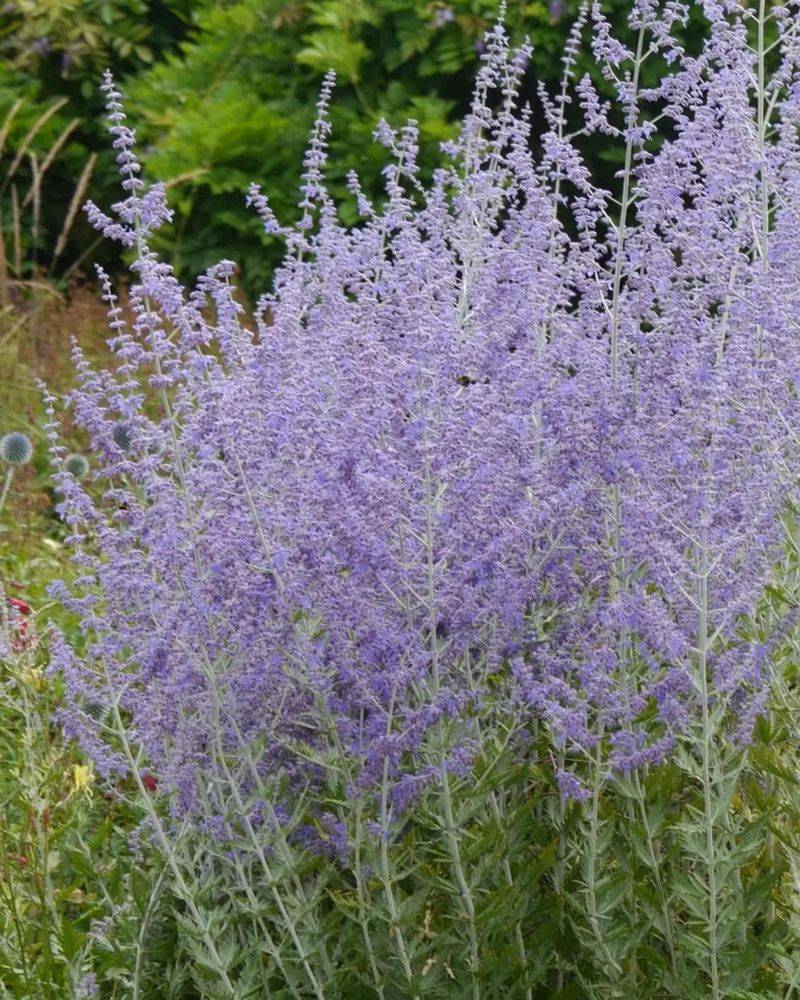
Silvery-gray foliage creates a stunning contrast against other garden plants while naturally repelling hungry deer. Russian sage contains compounds that produce an unappetizing taste, making deer look elsewhere for their meals.
Growing up to 4 feet tall, this drought-tolerant perennial produces airy plumes of tiny lavender-blue flowers from mid-summer through fall. Its aromatic leaves release a pleasant scent when brushed against, adding sensory appeal to garden pathways.
Hardy in zones 4-9, Russian sage needs minimal care once established and actually performs better without rich soil or frequent watering.
3. Yarrow
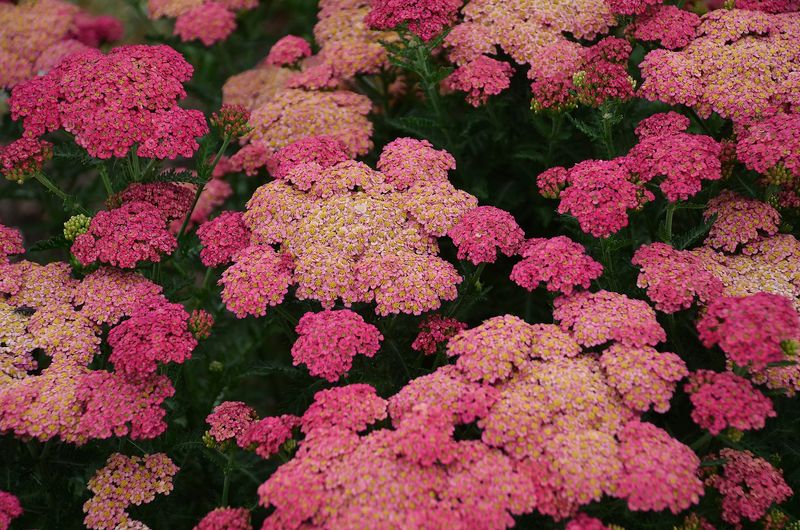
Flat-topped flower clusters in shades ranging from yellow to pink create an eye-catching display that deer consistently pass by. Yarrow contains chemicals that create a bitter taste, effectively keeping browsing animals away while still looking gorgeous in your garden.
Native to North America, yarrow attracts beneficial insects like butterflies and predatory wasps that help control garden pests. The fernlike foliage adds textural interest even when the plant isn’t blooming.
Extremely drought-tolerant once established, yarrow thrives in poor soil conditions where many other perennials struggle, making it perfect for challenging garden spots.
4. Bleeding Heart

Delicate heart-shaped blooms dangle from arching stems in spring, creating a romantic woodland feel that deer rarely disturb. Bleeding heart contains alkaloids that taste terrible to deer, keeping your shade garden safe from damage.
Perfect for partial to full shade locations, these charming plants add early-season color when many other perennials are just waking up. After flowering, bleeding heart foliage provides attractive texture until it goes dormant in summer heat.
Plant alongside later-emerging perennials like hostas or ferns that will fill in the space when bleeding hearts retreat for the season.
5. Foxglove
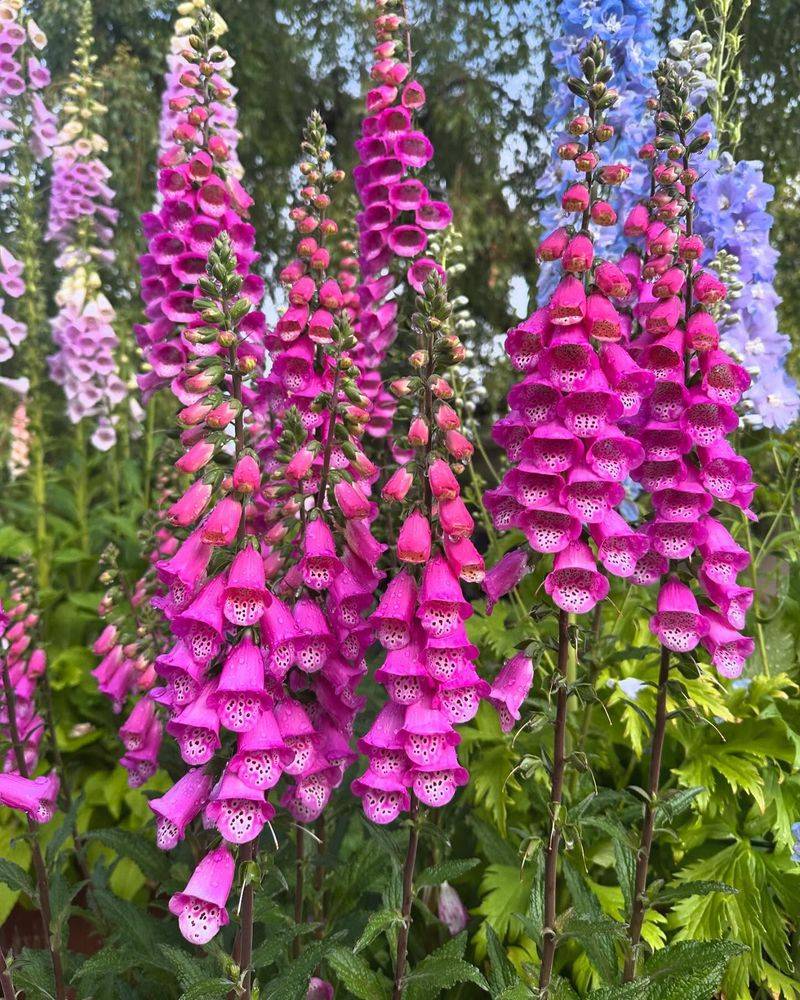
Dramatic spires of tubular flowers rise above rosettes of fuzzy leaves, creating vertical drama deer consistently avoid. Foxglove contains cardiac glycosides that are toxic if ingested, which deer instinctively recognize and avoid.
Biennial or short-lived perennial by nature, foxglove readily self-seeds, creating ongoing displays in woodland gardens or cottage-style borders. The tall flower stalks (reaching 2-5 feet) make excellent cut flowers and stunning backdrop plants.
Available in shades from white to deep purple, with speckled throat markings adding visual interest to each bloom. Most varieties prefer partial shade but tolerate full sun in cooler climates.
6. Coneflower
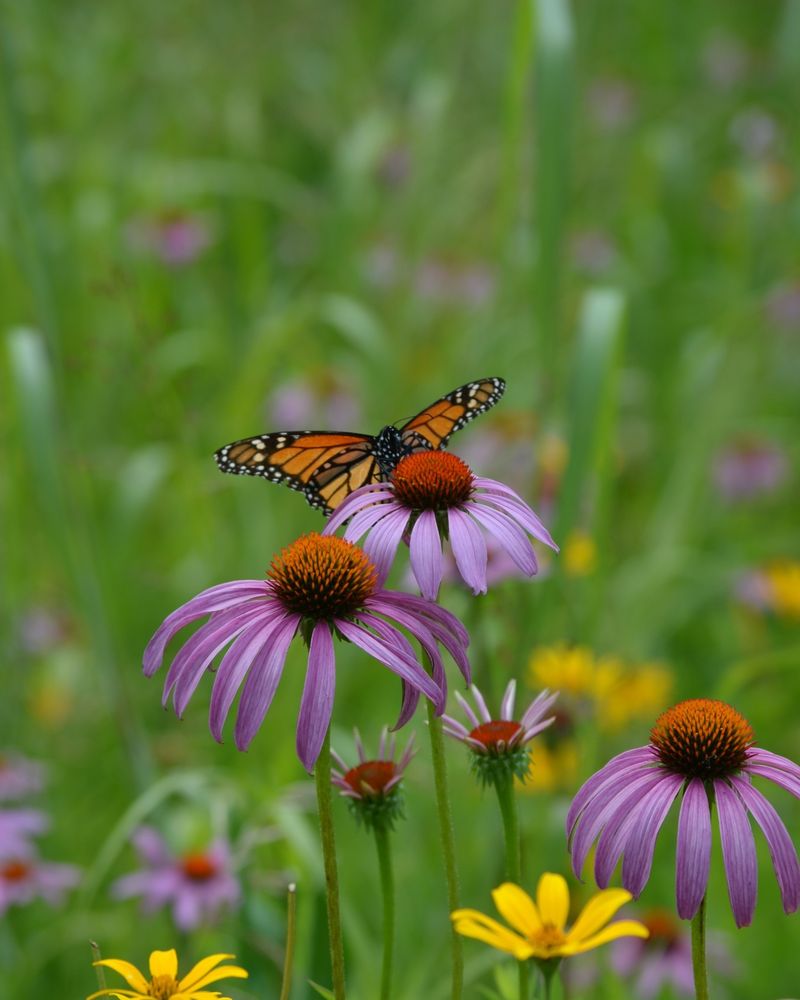
Bold daisy-like blooms with distinctive raised centers provide months of color while rarely suffering deer damage. Coneflowers contain compounds that deer find distasteful, allowing these native prairie plants to thrive even in areas with high deer pressure.
Beyond their deer-resistant qualities, coneflowers attract butterflies, bees, and birds that feast on their seeds. Modern varieties come in an expanded palette beyond the traditional purple, including white, yellow, orange, and even green-tinted flowers.
Extremely drought-tolerant once established, coneflowers bloom from early summer until frost with minimal care, making them ideal for busy gardeners.
7. Catmint
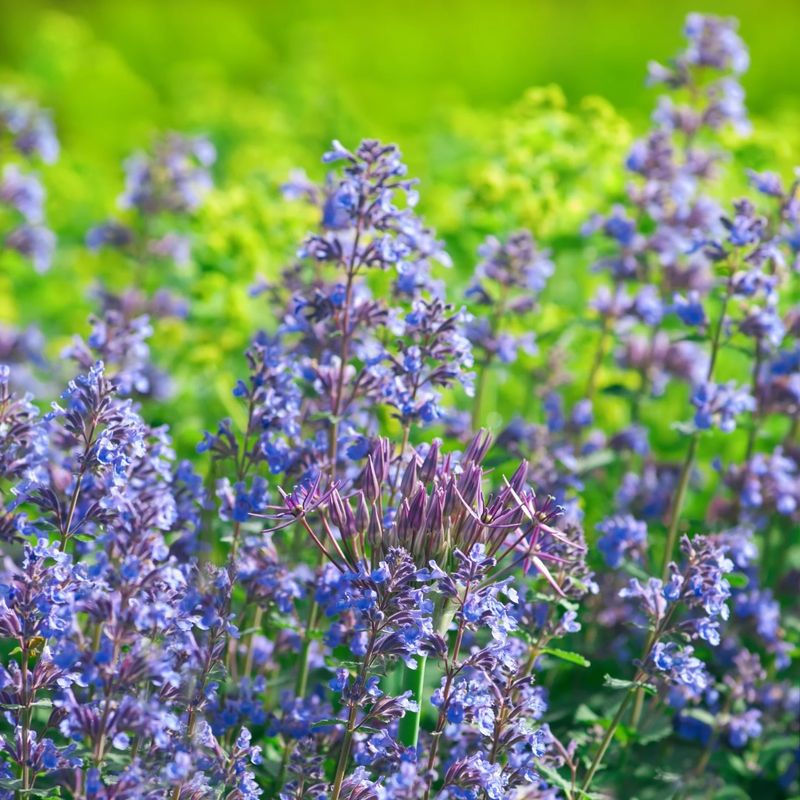
Clouds of lavender-blue flowers hover above aromatic gray-green foliage, creating months of color that deer consistently avoid. Catmint contains nepetalactone—the same compound that attracts cats—which fortunately repels deer with its strong scent.
Low-maintenance and drought-tolerant, catmint blooms heavily in early summer, with repeat performances when trimmed back after initial flowering. Its compact, mounding habit makes it perfect for edging paths or softening the front of perennial borders.
Hardy in zones 3-9, catmint tolerates poor soil and urban conditions, making it an excellent choice for challenging garden situations where other plants might struggle.
8. Ornamental Grasses
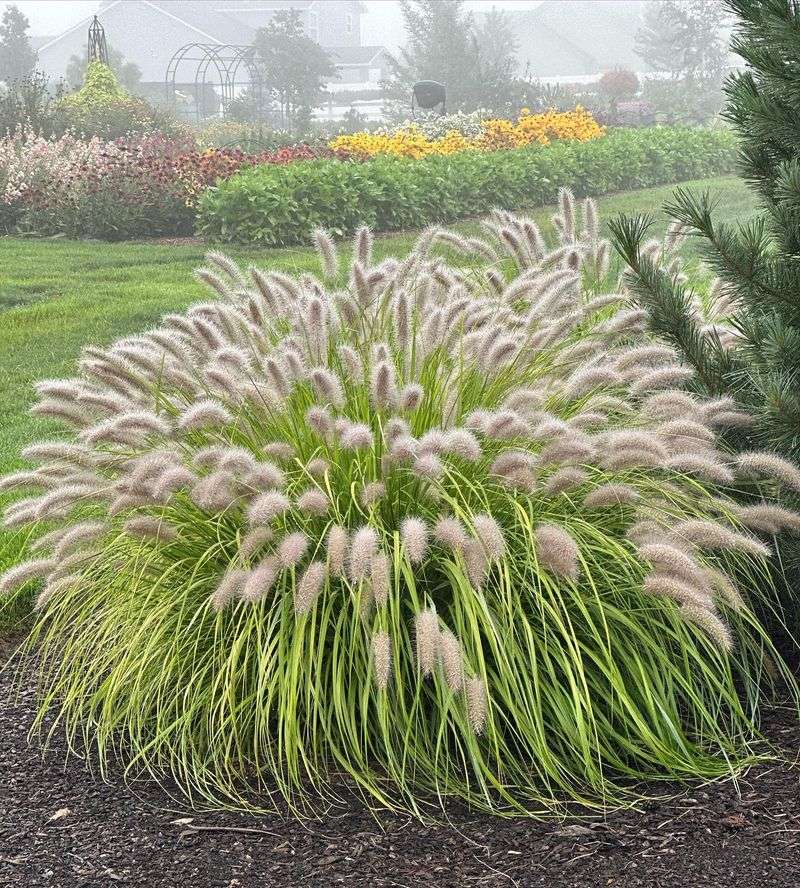
Graceful plumes and seed heads add movement and winter interest while naturally deterring deer. Ornamental grasses contain silica, giving them a rough texture deer find unpleasant to eat.
From short blue fescue to towering miscanthus, ornamental grasses come in countless sizes, colors, and textures. Many varieties change colors seasonally, offering visual interest throughout the year.
Low-maintenance by nature, most ornamental grasses require only annual cutting back in late winter or early spring. Their root systems help prevent erosion on slopes, and many varieties thrive in poor soil where other plants struggle.
9. Peony
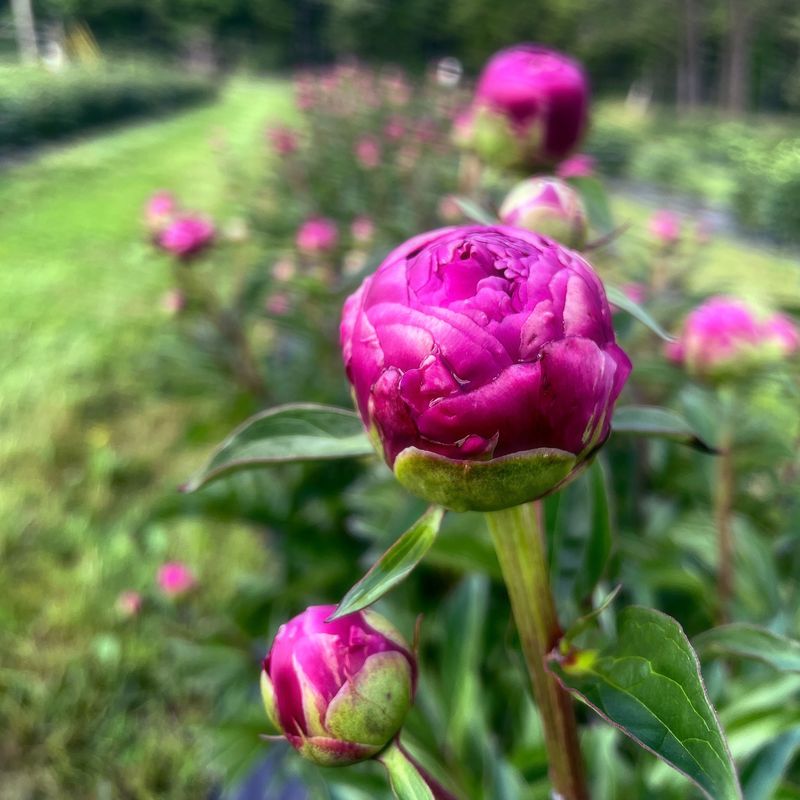
Lush, fragrant blooms make a dramatic statement in early summer gardens while rarely suffering from deer damage. Peonies produce compounds in their leaves and stems that deer find unappealing, protecting these long-lived garden treasures.
Once established, these heritage plants can thrive for decades with minimal care, often outlasting the gardeners who planted them. Available in single, semi-double, and fully double flower forms in colors ranging from white to deep red.
Beyond their deer-resistant qualities, peonies make excellent cut flowers and add old-fashioned charm to any garden setting. Plant in full sun with good air circulation to prevent fungal issues.
10. Lamb’s Ear
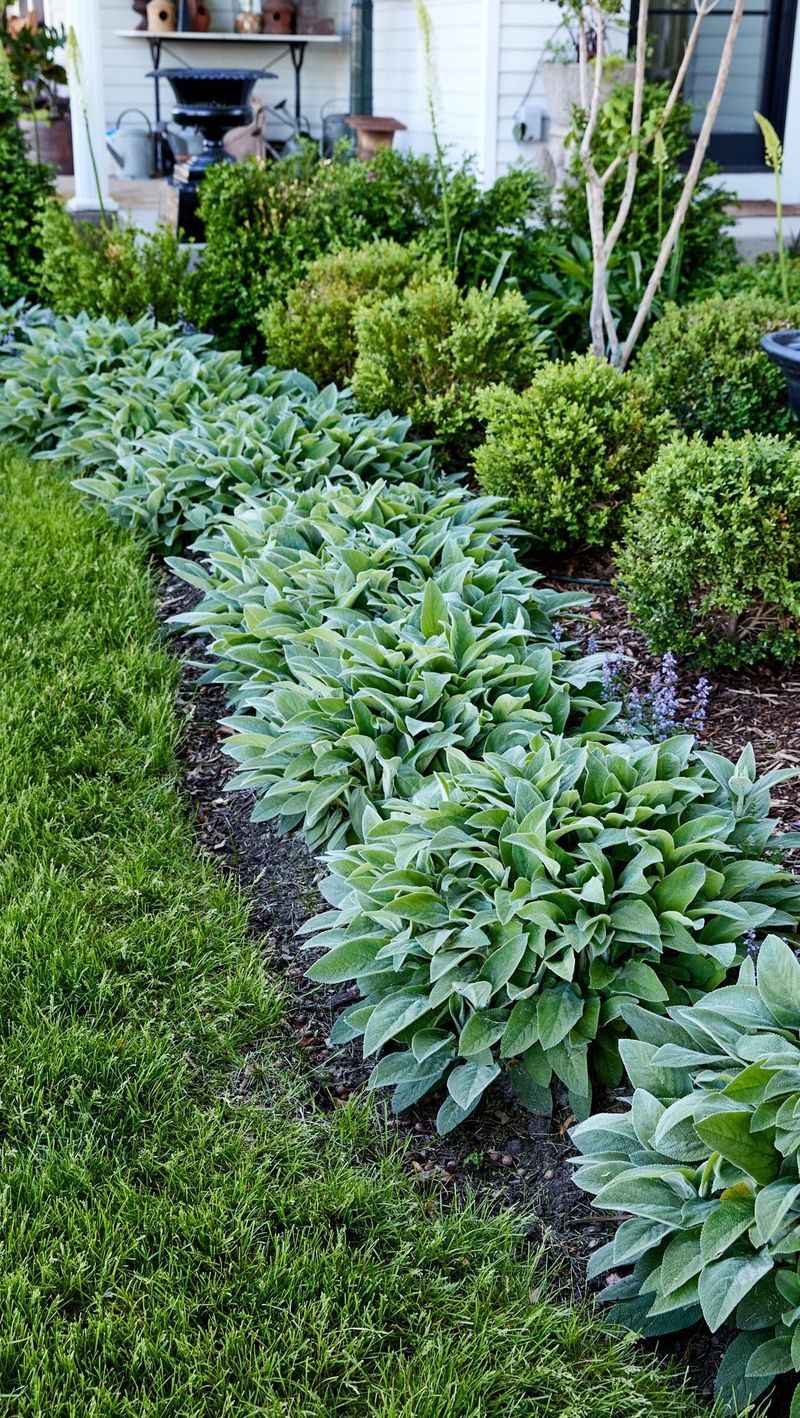
Velvety silver leaves create a soft, tactile ground cover that deer consistently avoid. Lamb’s ear features fuzzy, wooly foliage that deer find texturally unpleasant, making it an excellent protective companion for more vulnerable plants.
During summer, tall spikes of purple flowers rise above the foliage, attracting bees and adding vertical interest. The silvery coloration reflects light, brightening darker corners of the garden and complementing nearly any color scheme.
Extremely drought-tolerant once established, lamb’s ear thrives in poor, well-drained soil and requires little supplemental water. Its spreading habit makes it excellent for controlling erosion on slopes or filling in large areas.

